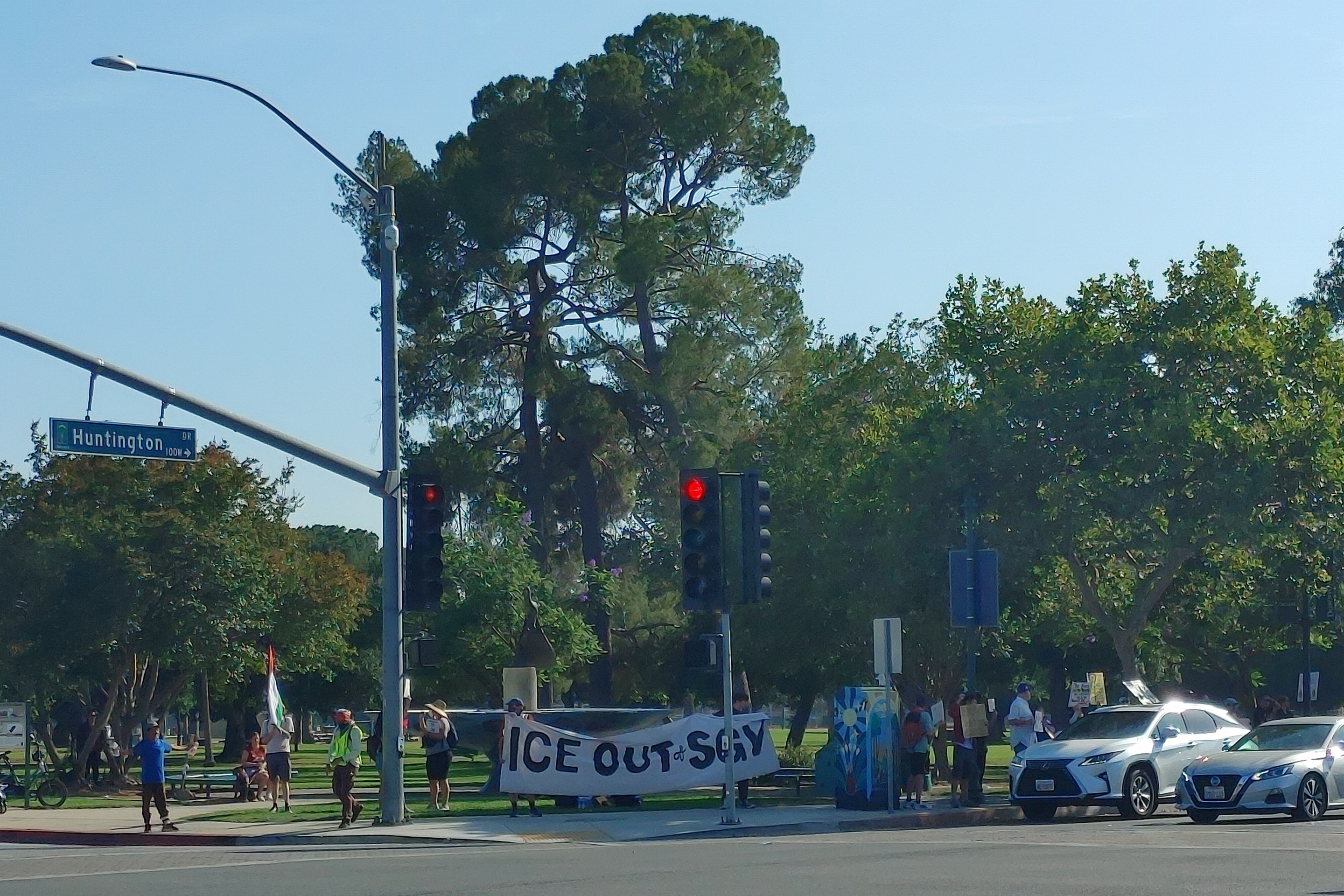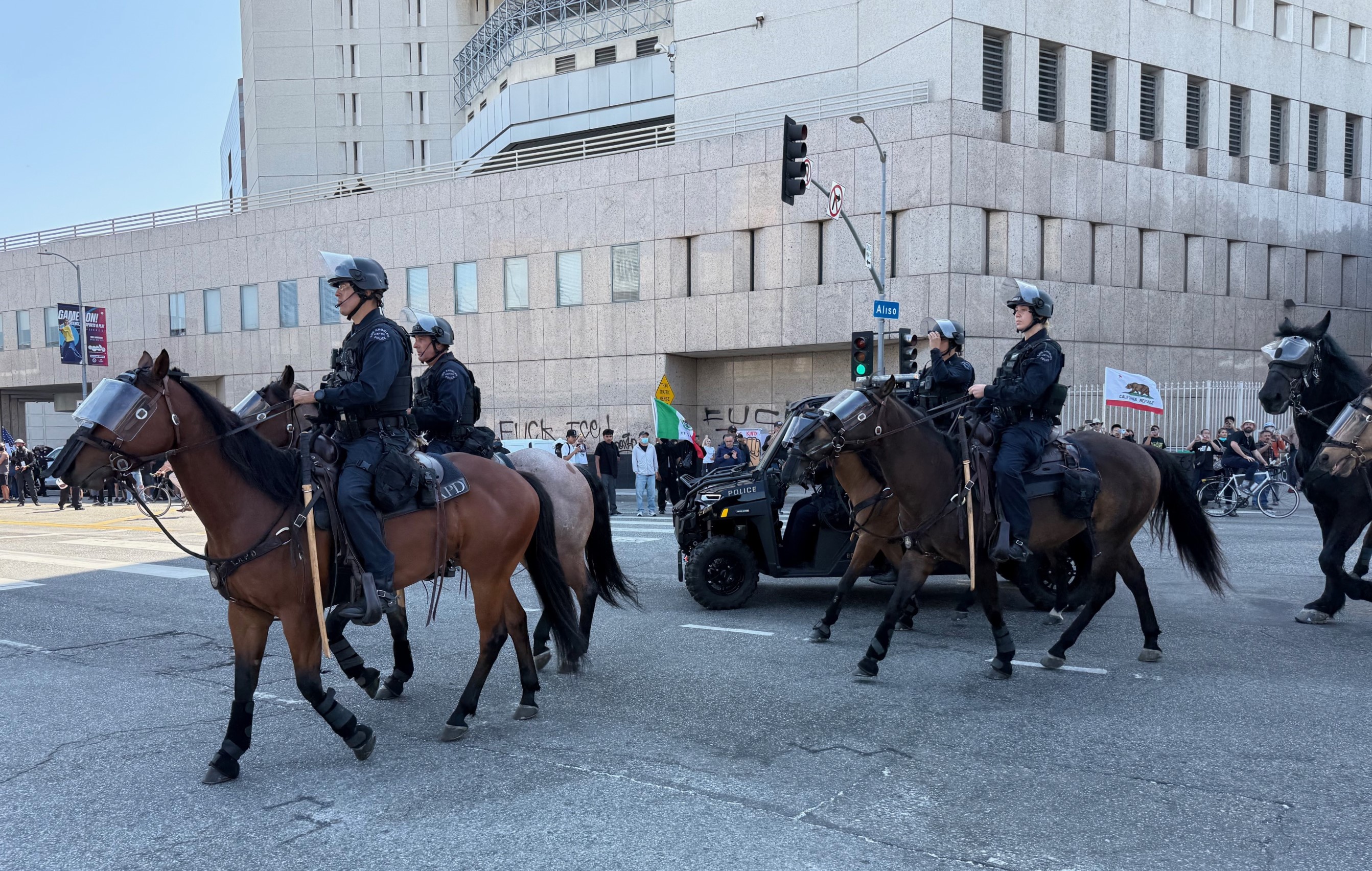Policymakers and private-sector players seem to be struggling to
agree on how -- and whether -- to set national performance targets for
America's transportation system, as evidenced by today's debate at a
high-profile infrastructure conference.
 (Photo: UVA)
(Photo: UVA)"Performance-based"
is a popular buzzword in transportation circles, where clear and
definable national standards are seen as the best way to improve
efficiency, cut emissions, and marshal public support for shared
sacrifice to improve the system.
But the lone congressional proposal
to set national transportation goals, including an annual reduction in
per-capita vehicle miles traveled and a focus on repairing existing
assets, has languished on the Hill.
The current long-term House transport bill leaves the
difficult question of measurable performance targets to state DOTs and
metropolitan planning organizations (MPOs), which could have a vested
interest in keeping the bar low.
Given that uncertainty,
attendees at today's University of Virginia infrastructure policy
conference spoke of forging consensus on how to achieve a
"performance-based" system.
Yet the very question of setting national goals appeared to divide and disillusion several speakers.
"Everyone
agrees that performance ought to be the driver," said Mortimer Downey,
President Clinton's deputy Transportation Secretary and current chairman of the firm PB Consult.
"[But] I'm concerned when I see legislation come out," Downey said --
however "well-intentioned" that legislation may be -- that attempts to
set transportation performance goals for the states. National goals, he
added, shouldn't turn into "national diktats."
Steve Heminger, executive director
of the San Francisco area's MPO, said specific national goals were "the
key missing ingredient" that could restore public faith in the
importance of transportation spending. "They need to be readily
understandable ... things that states and metro areas can be rewarded
for meeting and penalized for failing."
Still, Heminger
sounded pessimistic about the public's willingness to coalesce in
support of a set of transportation targets. The interstate highway
system built during the Eisenhower era "was something everyone could
rally around," he said. "We're never going to have that again."
Craig Lentzsch, a former Greyhound president who served on the federal panel that recommended
a 10-cent gas tax increase earlier this year, emphasized the need for
specificity in what transportation dollars would be used for rather
than the environmental benefits that would result.
"If you pick a goal, you may be inherently picking a winner from the mode system," Lentzsch said.






